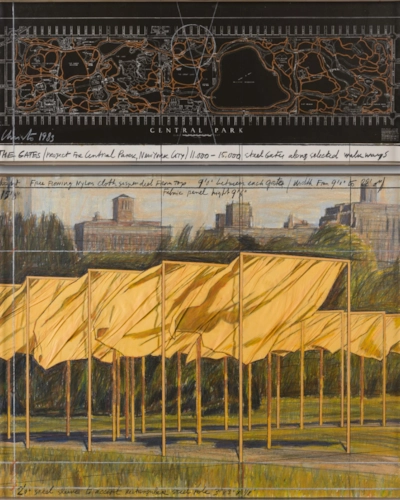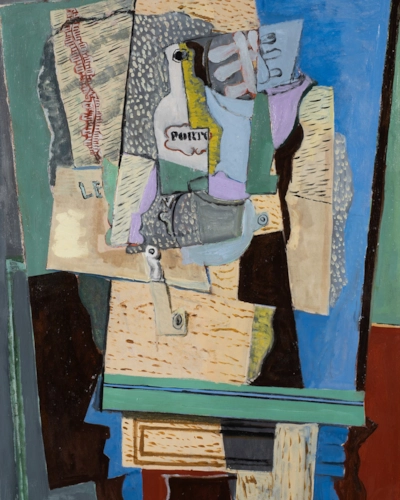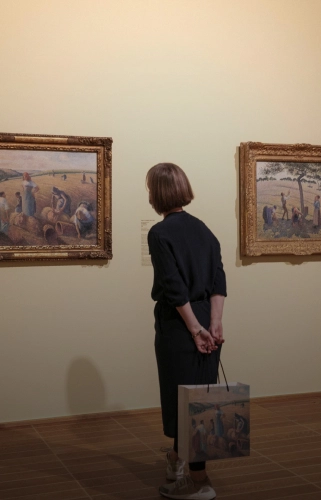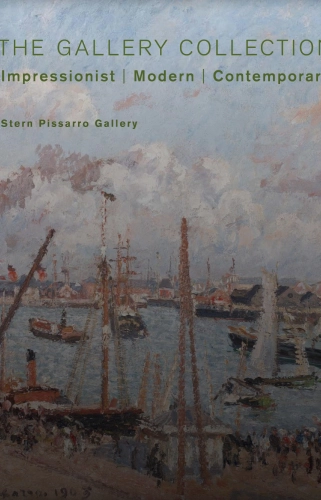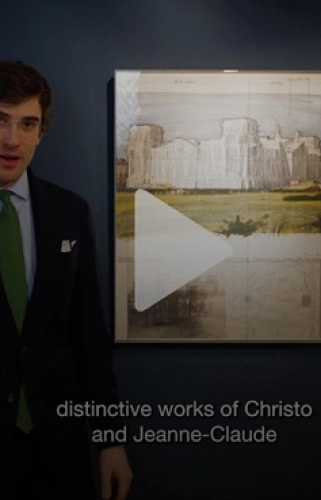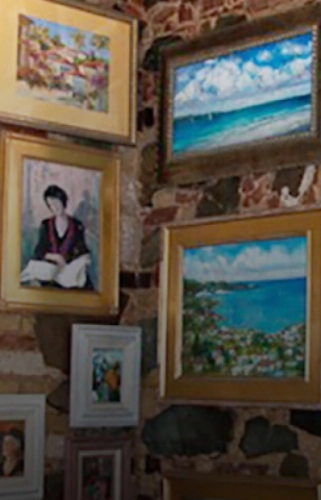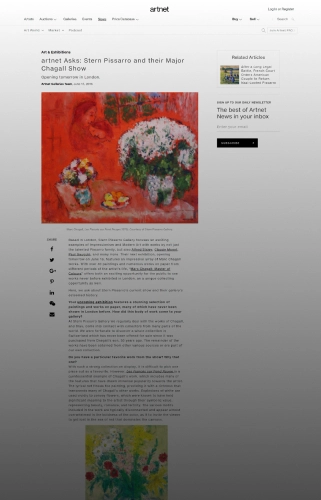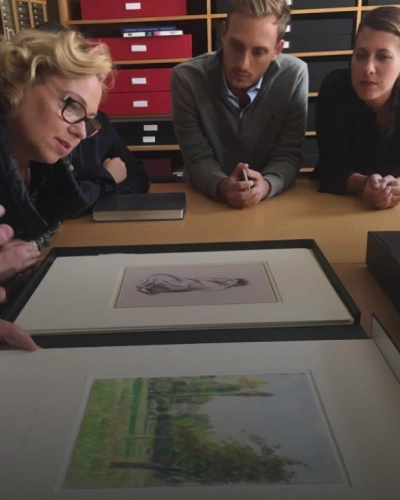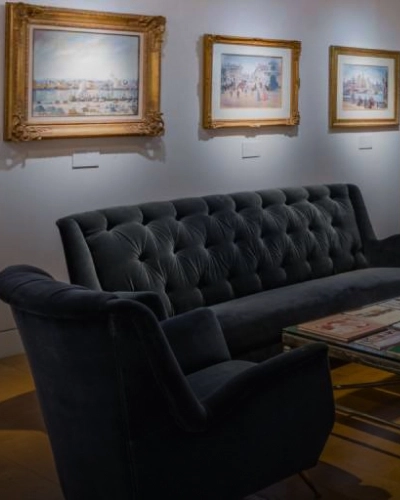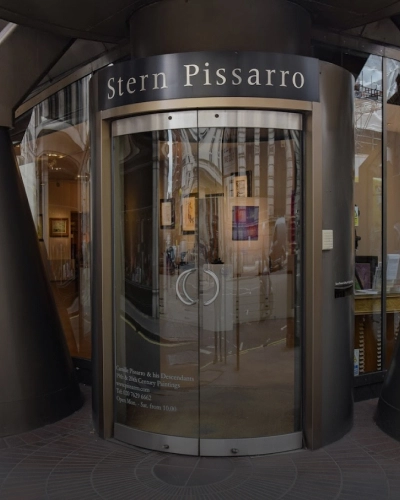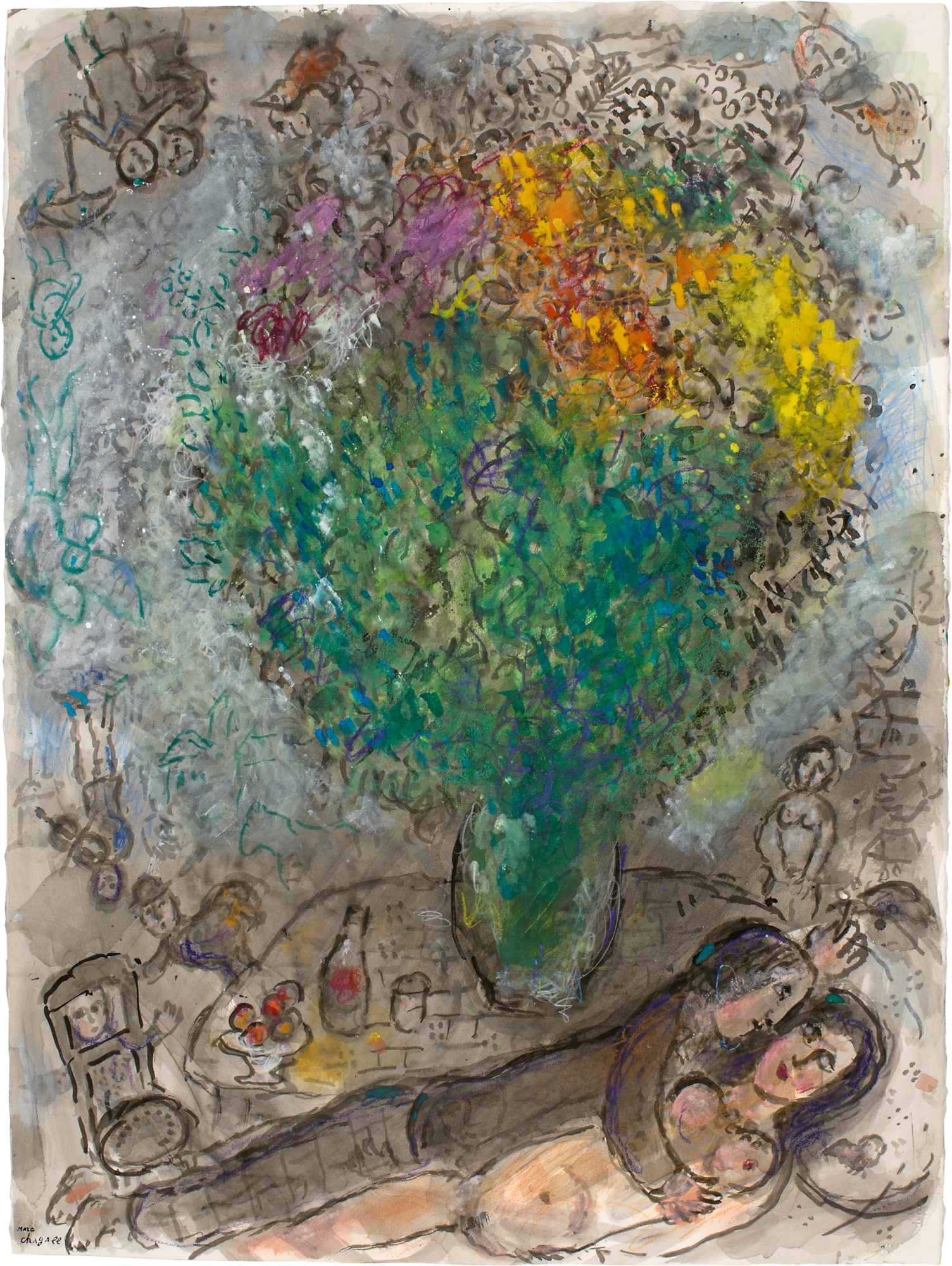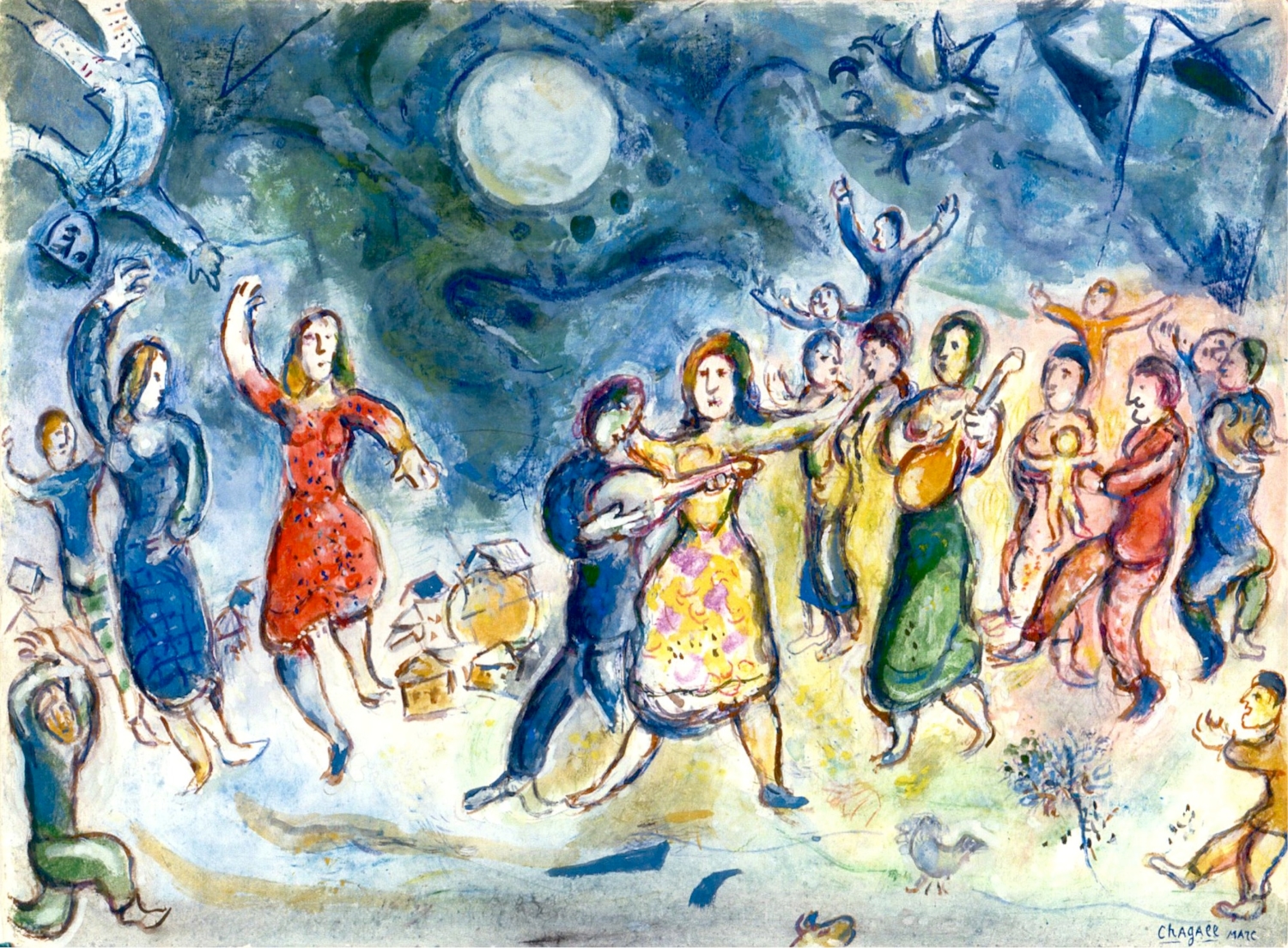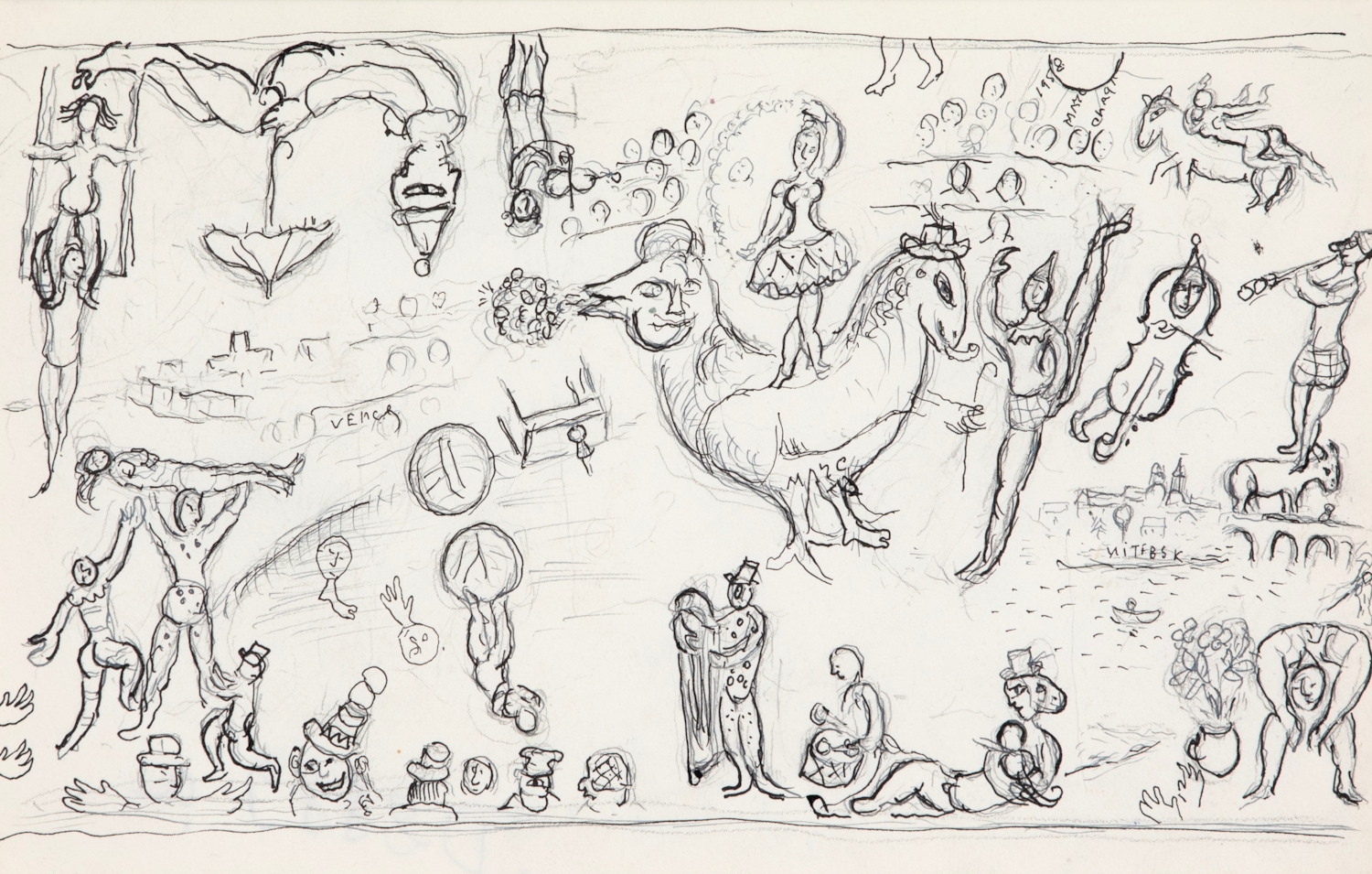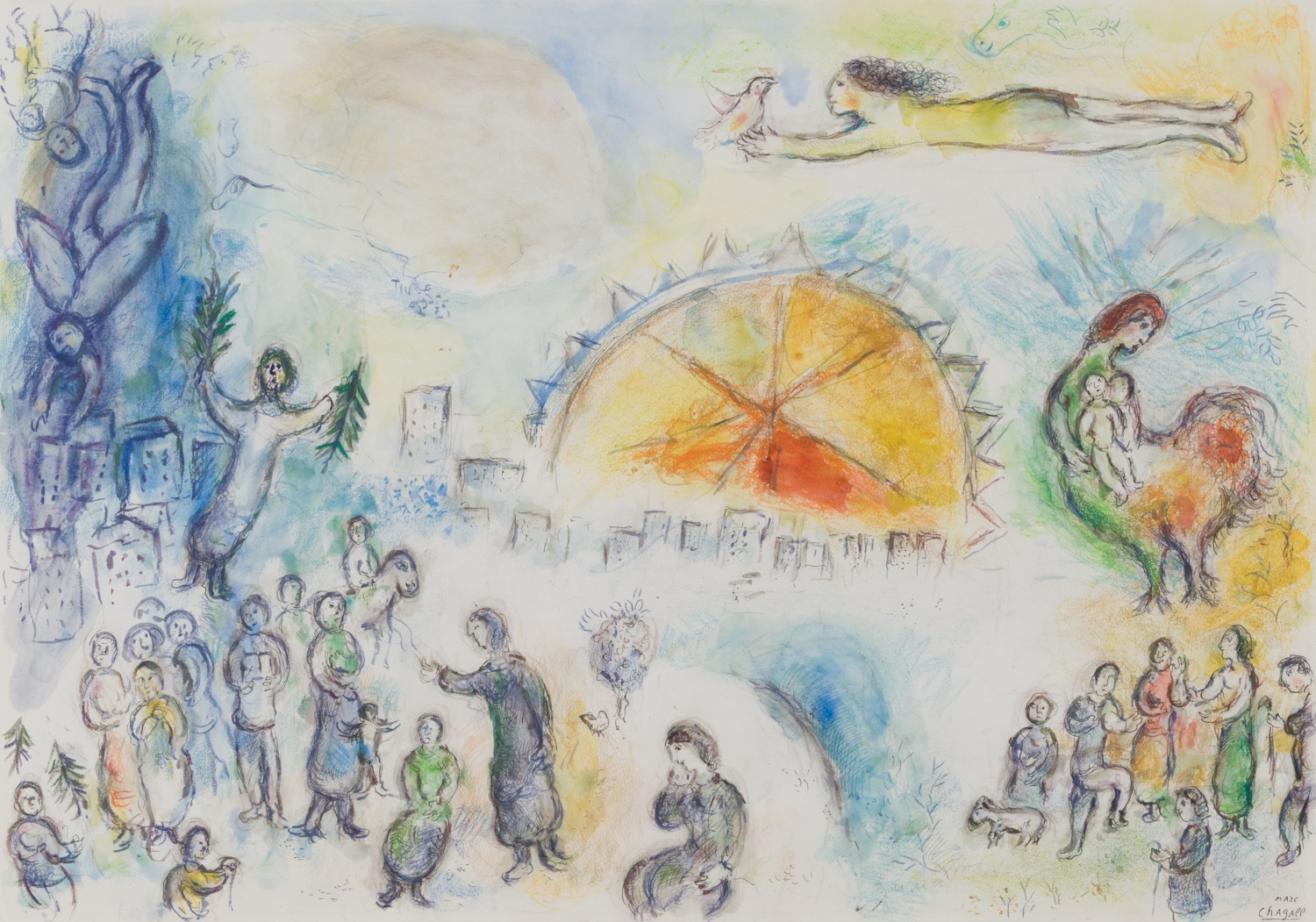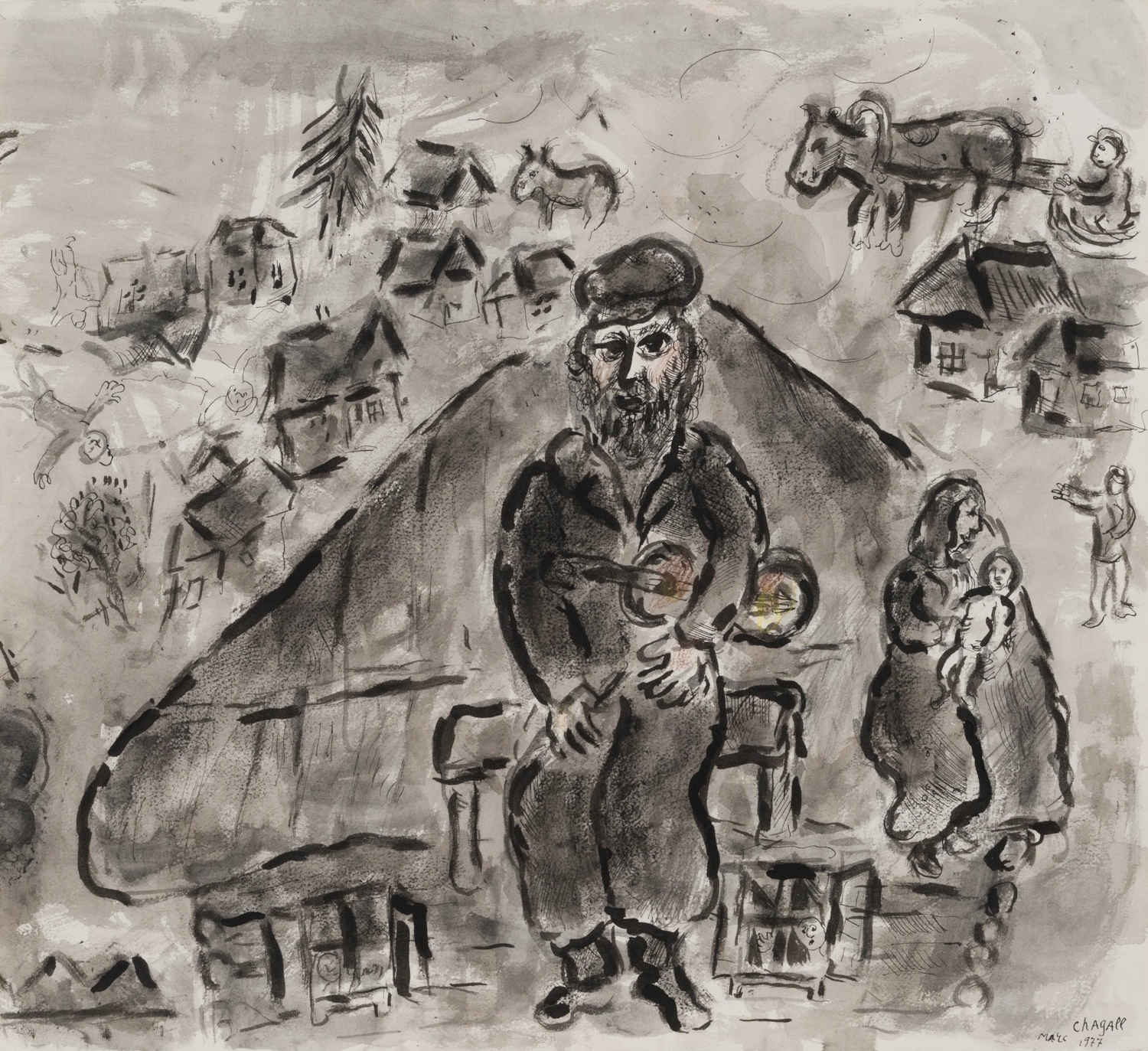Marc Chagall
1887 - 1985
Couple Allongé au Grand Bouquet
76.1 x 56.9 cm (30 x 22 ³/₈ inches)
Signed with Estate stamp lower left, Marc Chagall
Executed circa 1978
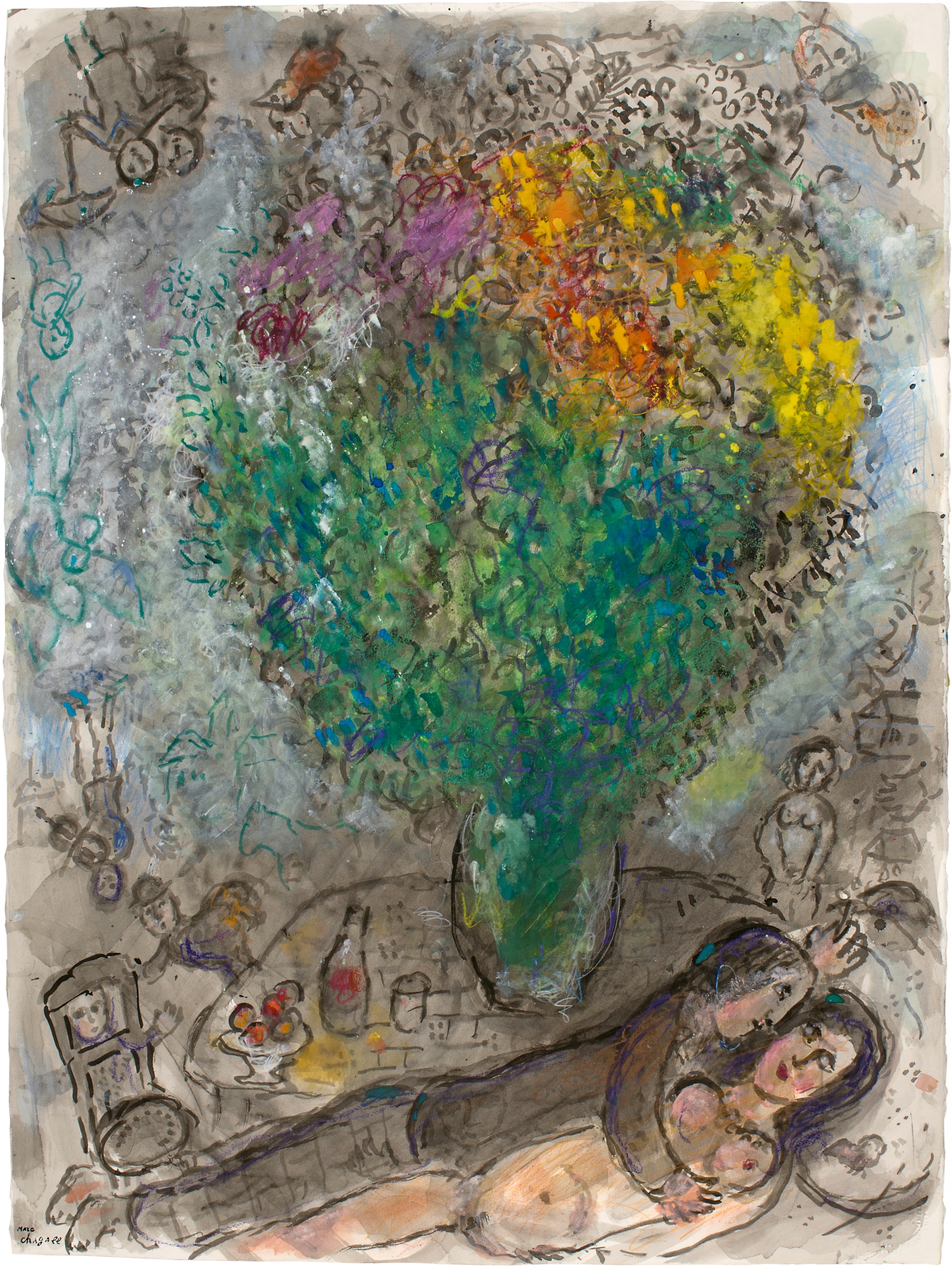
Stern Pissarro Gallery, London
Private collection, Florida, acquired directly from the above
This original artwork by Marc Chagall is available for immediate purchase.
Marc Chagall
biography
After completing his studies in St Petersburg, Chagall returned to Vitebsk and became engaged to Bella Rosenfeld. In 1910 he set off for Paris which was regarded as “the Mecca of art” and as a tenant at La Ruche, Chagall was in the thick of the artistic community, living alongside both Modigliani and Soutine. During this time in Paris, Chagall’s work was tinged with the influence of Daumier, Jean-François Millet, the Nabis and the Fauves, and he was also influenced by Cubism.
Chagall returned to Vitebsk in 1914, and in 1915, he married Bella. In 1917 he was appointed provincial Commissar for Fine Art and became involved in ambitious projects for a local academy. However, two and a half years later he was forced to leave in order to escape the revolutionary dictates of Malevich.
After a time in Moscow where he worked in the Jewish theatre, then in Berlin where he studied the technique of engraving, Chagall returned to Paris in 1923. He illustrated Gogol’s Dead Souls, La Fontaine's Fables and the Bible for the publisher Vollard.
The French Surrealist Andre Breton admired the "total lyric explosion" of Chagall's pre-war painting and tried to claim that Chagall was a surrealist, although Chagall himself admitted only to having flirted with Surrealism between 1941 and 1948 during his exile in New York. Indeed, Chagall’s emblematic irrationality shook off all outside influences. His compositions were governed largely by colour. Using images from his memory he wove reality and imagination into a single legend, one that was born in Vitebsk and dreamed in Paris.
On his return to France, Chagall discovered ceramics, sculpture and stained glass. He settled in the south of France, first at Vence (1950), then in Saint-Paul-de-Vence (1966). Commissions poured in: for the Assy Baptistery in 1957, the cathedrals of Metz (1960) and Rheims (1974), the Hebrew University Medical Centre synagogue in Jerusalem (1960) and the Paris Opéra (1963). A painter-poet, celebrated by Apollinaire and Cendrars, Chagall brought back the forgotten dimension of metaphor into French formalism.
Marc Chagall
biography
you may also like
1887 - 1985
Fête au Village
56.7 x 76.8 cm (22.32 x 30.24 inches)
1887 - 1985
Peintre au Chevalet au Bouc Jaune
76.1 x 56.4 cm (30 x 22 ¹/₄ inches)
1887 - 1985
Esquisse pour "Commedia dell'arte" (pour le foyer du théâtre de Francfort)
26.2 x 36.2 cm (10 ¹/₄ x 14 ¹/₄ inches)
1887 - 1985
L'hiver procession de Nöel (Les quatre saisons)
63 x 90 cm (24 ³/₄ x 35 ³/₈ inches)
1887 - 1985
Fin de journée
56.5 x 61.8 cm (22 ¹/₄ x 24 ³/₈ inches)

